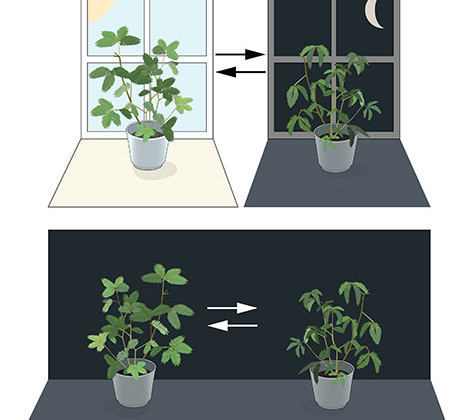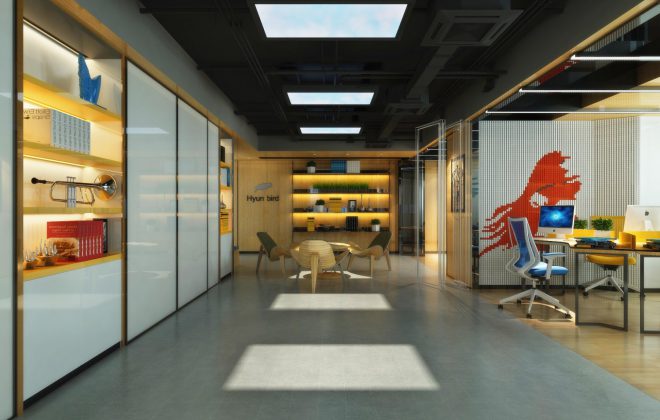Beat the winter blues with Human Centric Lighting
Winter is here, and that means shorter days and longer nights. Wth the absence of light especially early in the morning and in the late afternoons, many of us feel less productive and less focused, especially at the workplace. Believe it or not, this is a common affection, mostly for those of us working in office environments.
The inner workings of our internal clocks
All living organisms on our planet are adapted to its rotation and to the day-night cycle. An internal clock helps them adjust to the regular rhythm of the day. Perhaps people more than any other forms of life are directly affected by the working of this inner clock. Jeffrey C. Hall, Michael Rosbash and Michael W. Young decided to investigate how this biological clock works and dug deep into the workings of the molecular mechanisms controlling the circadian rhythm. Their discoveries were awarded with the Nobel Prize in Physiology or Medicine in 2017.
Human Centric Lighting in the workplace
The professional lighting industry has a new buzzword that is quickly attracting attention – Human Centric Lighting (HCL), sometimes also referred to as “circadian lighting”, and “biological lighting” has been generating an increasing number of studies that seek to determine the effect that light has on our mental and physical wellbeing as well as productivity.
Smart LEDs – a must have tool for any interior designer
The art (and science) of shaping indoor environments is very much concerned with aesthetics, but also function. A successful design takes this into account and pursues the effective use of space, user well-being, as well as functionality.
Experienced interior designers know that light is a key tool they can leverage to create unique and welcoming spaces. Some have started to experiment with LEDs, a technology that seems to have a bright future considering the staggering rates of adoption.
Are you running a daylight deficit?
Short answer: probably! If, like most of us, your daily routine involves spending 8+ hours in an office setting and a few more commuting and running errands, then you are most likely not getting enough daylight exposure.
The Circadian Rhythm: What is it, and why is matters
Have you ever wondered why most living things need to sleep at night? How is it that our bodies are synchronized with the 24 hour daylight cycle?






